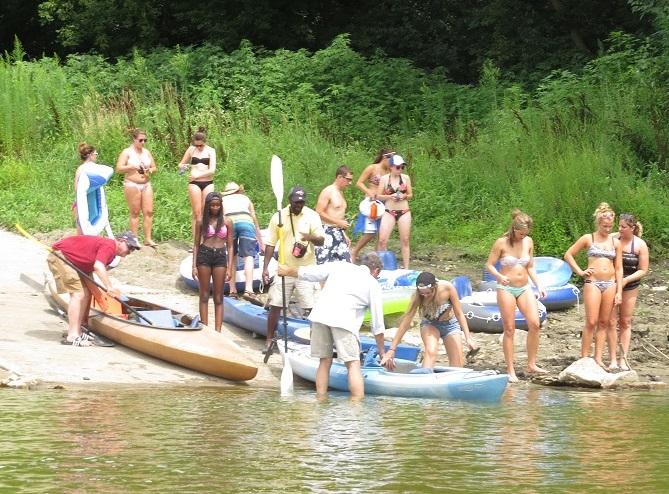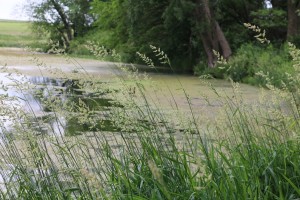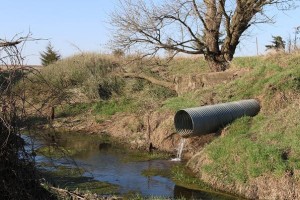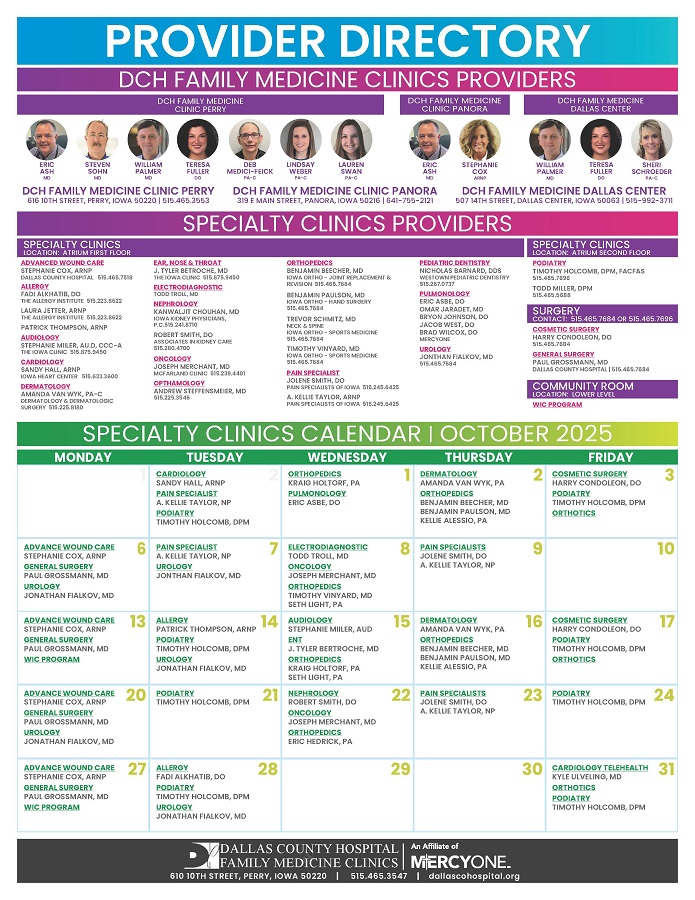
Summer’s last few warm days might tempt pleasure seekers to try paddling or inner tubing on the Raccoon River or Saylorville Lake, but water-quality experts at the Iowa Department of Natural Resources (DNR) advise the public to minimize or altogether avoid contact with contaminated waters.

Cooler temperatures reduce the risk of the toxic blue-green algae blooms that closed Saylorville Lake near Mile Long Bridge to swimmers this summer. A bloom can appear to have a pea-green, blue-green or even reddish-brown color, according to the DNR.
Algae may appear as scum, foam or as a thick mat on the water surface. Blue-green algae can grow quickly and become very abundant in warm, shallow, undisturbed surface water that receives a lot of sunlight.

“We recommend that if you are in an area where it’s visibly showing masses of algae or a blue-green paint color, you should avoid contact with the water and keep pets away from it,” said Mary Skopec, a research geologist and program coordinator for the DNR’s IOWATER Project. Skopec also coordinates the beach monitoring program for the DNR.
“We don’t want to scare people,” Skopec said, “as this is a naturally occurring event. It happens every year in our lakes and rivers. We just want people to be aware that if the mycrocystins are present, it can cause problems for people or pets.”
The main risks to humans from microcystins are skin irritations and rashes, but if the water is swallowed or airborne droplets are inhaled during swimming, bathing or showering, symptoms could be worse, she said. Those would include headaches, nausea, abdominal pain, seizures, liver injury and respiratory problems.
Do not drink the water, Skopec said, adding that boiling the water will not make it safe to drink.
The DNR advises the public to avoid swimming, skiing or boating in areas where the water is discolored or if there is foam, scum or mats of algae on the water and to promptly rinse the body with fresh water after contact with algae.
Pets and livestock should not be allowed to swim in or drink such water, and animals, particularly dogs, should be rinsed in fresh water after contact.

In addition to toxic algae, many Iowa waterways, such as the Raccoon River, contain levels of fecal bacteria exceeding standards considered safe for drinking and swimming by the U.S. Environmental Protection Agency (EPA). Fecal bacteria may contain pathogenic viruses, protozoa and parasites.
If sufficient quantities are ingested, fecal pathogens can cause disease.
According to the DNR, fecal material can enter the environment from many sources, including waste water treatment plants, livestock manure, sanitary landfills, septic systems, sewage sludge, pets and wildlife. Water-quality advocates in Iowa often point to the enormous quantities of untreated swine feces regularly mixed with Iowa soil as the prime contributor to that state’s unsafe water.
In the DNR’s most recent list of impaired waterways in Iowa, the South Raccoon River was judged unsuitable for primary contact, such as recreational uses, because the “[g]eometric mean of E. coli is greater than the Class A1 criterion.” The Class A1 standard is 126 colony forming units of the bacteria per 100 milliliters of water, according to the DNR.
In the same list, The North Raccoon River was judged partially usable while suffering a low score on the Index of Biotic Integrity. The index measures the overall health of a waterway’s environment by measuring the impact of chemical pollutants on fish, algae, macroinvertebrates and other living things.
Nitrate pollution is another and related source of contamination to Iowa’s waterways. As with fecal bacterial pollution, nitrate levels are a symptom of poor soil-conservation practices, according to water-quality experts with the DNR.
Excessive nitrate contamination pose serious health risks to infants and children. Customers of the Boone Water Department and Xenia Rural Water were recently advised the not to drink the water due to high nitrate levels.
The nitrate level at noon Sunday, Sept. 20 in the Raccoon River near Jefferson was more than 14 milligrams per liter. The EPA standard for safe drinking water is 10 milligrams per liter.

















Just for everyone reading, the Perry,Iowa, wastewater plant tests for fecal coliforms in the warmer months, and we never get close to maximum daily limit of fecal coliforms on our samples taken from our effluent.
I do a little painting as a hobby, and it has been difficult to get the right mix of paints to create the brown color of the water.